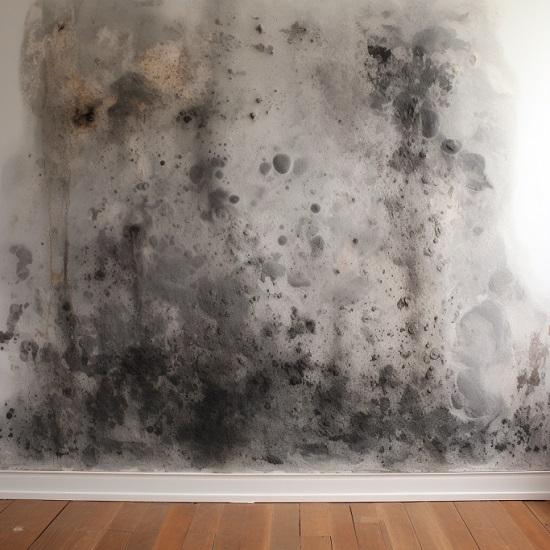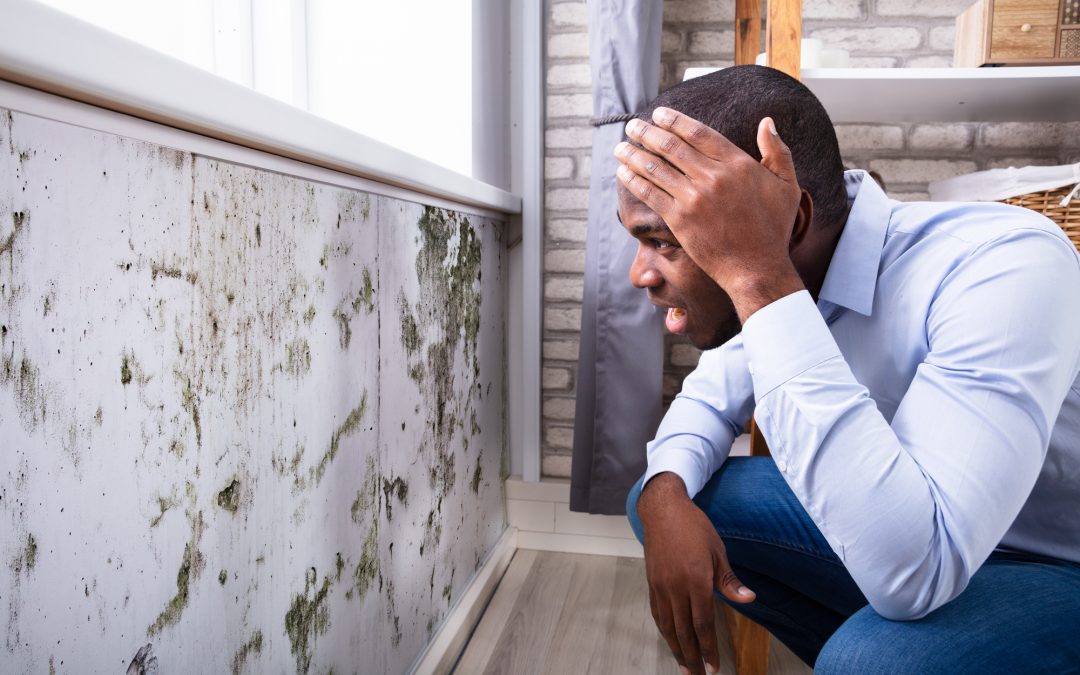Assistance on What to Do After Mold Remediation
Wiki Article
Your Ultimate Overview to Message Mold And Mildew Remediation Methods
In the after-effects of mold problem, recognizing how to successfully eliminate the mold and prevent its reoccurrence is paramount for preserving a healthy interior setting. From choosing the appropriate cleansing and decontaminating techniques to implementing techniques for lasting mold prevention, each action in the remediation journey plays a vital duty in ensuring a successful result.Understanding Post-Mold Removal Refine
After finishing the mold removal process, it is vital to understand the post-mold remediation methods that are essential to ensure a comprehensive and effective cleanup. When the mold and mildew has been gotten rid of, the next step includes cleaning and sanitizing the affected locations to prevent any kind of regrowth of mold and mildew.
Additionally, performing a last evaluation post-remediation is important to guarantee that all mold has been effectively eliminated. If the inspection reveals any remaining mold and mildew, additional removal might be essential.
Reliable Cleansing and Sanitizing Methods

Protecting Against Future Mold And Mildew Development

Importance of Correct Air Flow
Appropriate air flow plays an important duty in preventing wetness build-up, an essential consider mold growth within interior environments. Reliable air flow systems help eliminate excess humidity from the air, reducing the possibilities of mold and mildew spores finding the moisture they need to sprout and spread out. Without adequate air flow, interior areas can end up being a breeding ground for mold, bring about possible health threats and architectural damages.By ensuring proper air flow, ventilation systems can additionally assist in drying damp locations extra swiftly after water damages or flooding cases, additionally preventing mold growth. what to do after mold remediation. Precede like restrooms, basements, attic rooms, and cooking areas where moisture levels have a tendency to be greater, mounting and keeping effective air flow systems is essential in stopping mold infestations

Surveillance and Maintenance Tips
Given the essential duty that proper ventilation plays in protecting against mold and mildew development, it is important to develop efficient monitoring and upkeep pointers to guarantee the continued performance of air flow systems. Regular inspections of ventilation systems need to be carried out to examine for any type of signs of blockages, leakages, or malfunctions that could impede proper air movement. Monitoring humidity levels within the residential or commercial property is also vital, as high humidity can add to mold development. Installing a hygrometer can assist track moisture degrees and alert house owners to any type of spikes that might call for interest. In addition, ensuring that air filters are regularly cleaned up or replaced is necessary for maintaining the efficiency of the ventilation system. Implementing a schedule for regular maintenance tasks, such as duct cleansing and cooling and heating system assessments, can help protect against concerns before Post Mold remediation cleaning they escalate. By remaining proactive and mindful to the condition of ventilation systems, homeowner can properly alleviate the risk of mold and mildew regrowth and preserve a healthy indoor atmosphere.
Conclusion
In conclusion, post-mold removal techniques are important for ensuring a risk-free and clean atmosphere. Recognizing the process, implementing effective cleansing and sanitizing approaches, preventing future mold development, preserving correct air flow, and regular surveillance are all essential actions in the remediation process. By adhering to these guidelines, you can efficiently get rid of mold and avoid its return, promoting a healthy living or functioning room for all residents.In the aftermath of mold and mildew infestation, understanding how to efficiently get rid of the mold and mildew and stop its reoccurrence is vital for maintaining a healthy and balanced indoor atmosphere. As soon as the mold has been eliminated, the following action entails cleansing and disinfecting the impacted areas to stop any type of regrowth of mold - Post Mold Remediation Report. After eliminating noticeable mold development, it is important to clean all surfaces in the affected location to eliminate any kind of staying mold spores. To further boost mold prevention procedures, it is essential to address underlying problems that at first led to mold and mildew advancement.Given the important function that appropriate air flow plays in avoiding mold and mildew development, it is imperative to develop effective tracking and upkeep tips to make certain the continued capability of air flow systems
Report this wiki page